How to keep a remote team connected and create a happy workplace
You know that familiar phrase – “your people are your greatest asset”. Just over a year ago you could make sure they were happy assets, working productively in the office by creating a great collaborative atmosphere.
Now we have that other familiar phrase – “the new normal” – where the workplace is no longer a single place. Welcome to the world of hybrid working. People at home, people in the ‘reimagined office’, people on the move, people who split their working time between home and office — so how do you spread a little happiness now?
In this article, we’ll look at what it takes to keep your people happy and how technology can help to recreate the happy workplace in the different ways we all now work.
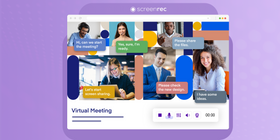
What is happiness – the eternal question
First things first. Should we have a quick definition of happiness to help with planning and should we appoint a chief happiness officer?
The idea would not be new. Back in 2008, the UK government appointed a ‘Happiness Tsar’, Professor Richard Layard, with a brief to banish the blues from the workplace. In simple terms, he thought that the answer was not necessarily more income. Instead, he suggested, "It's the reduction of misery and the increase in enjoyment of life. If rises in income aren't doing it, then you have to find out what does produce progress“.
Before you cancel salary raises or rush out to find your own happiness guru, there is a good takeaway from that article – the increase in enjoyment of life. And, that’s moved to the forefront of employment thinking in the shape of work-life balance – a trend that accelerated during the pandemic and the first experience of working from home for millions of people.
Where shall we work today?
During the lockdown, many people had no choice. It was work from home. Okay, it was a break from the daily commute and maybe a break from office politics, but it did prove problematic for anyone used to working in teams.
Suddenly, you couldn’t head over for a quick catch-up on that project or bounce ideas at the water cooler. Then, the virtual meeting became standard practice. Which was great news for conferencing companies, but not necessarily for employees or employers. Zoom fatigue became a thing.
As a solution to this problem, many people have started looking for alternative ways to communicate at work. For example, video emails have gained popularity — these are short video messages that can be recorded with an instant free screen recorder like ScreenRec and shared immediately via auto-generated link.
As people adjusted to this new way of working, they realized that it was possible to work effectively from home and take the bonus of that extra free time outside hours. This is evident in the latest remote work statistics. A survey by Statistics Canada found that 90 percent of people working from home felt they were as productive or more productive than they were in the office. That could have a big impact on traditional working patterns as around 32 percent of Canadian employees were home-based.
And, if employees can work productively from home and enjoy a better life balance, maybe the freedom to choose is one way to create a happy workplace.
Remote Work: Freedom to choose?
But, there is a potential barrier to this newfound freedom – the boss who says no. And there are some strong contenders with the CEOs of Apple and Morgan Stanley saying they expect the majority of their employees to be back in the office by September, some full time, some on hybrid terms.
Employees, in contrast, recognize the value of the freedom to choose. As McKinsey reported in April 2021, more than half of US government and corporate workers report that they would like to work from home at least three days a week once the pandemic is over and almost a third stated they would like to work remotely full time.
Then, there is the other issue. Even if the boss says yes, many employees are concerned that they are not getting clear guidance from their managers on home working. According to McKinsey, there is a communication breakdown, with 40 percent of respondents saying they’ve yet to hear about any vision (on home working) from their organizations, and another 28 percent saying that what they’ve heard remains vague.
This, the firm claims, leads to anxiety and a potential drop in performance. So, if you believe that your team can work from home productively, it’s important to make a clear statement and that’s one more step on the way to a happy workforce.
Making a happy home workplace
If you accept that home working is a realistic option for your team, how do you make the best of managing your remote team to make sure you get the results and your employees feel happy?

First up, they need the tools to work and collaborate efficiently. Fortunately, the cloud is now well-established as a secure, reliable way to deliver applications and services for collaboration to employees wherever they happen to be working.
Take the phone – a basic for anyone working. According to telecoms provider GoCo, remote workers need a few extras to keep internal communications efficient and secure - business traffic prioritization over the family’s bandwidth-hungry traffic like Netflix or YouTube and unified threat management for company-wide data and the employee’s privacy. They also offer a good backup system that will ensure remote employees are always in contact. And if your employees are handling sensitive files on a regular basis, you might want to consider the benefits of a VPN (Virtual Private Network) to add an extra layer of protection to your digital realm.
Naturally, you can’t do anything about working conditions at home. If an employee has to work in the bedroom or on the kitchen table, surrounded by children, that’s their problem to sort out.
Overcoming the mental barrier
One issue you might find more difficult to overcome is the mental barrier – the feeling of isolation or anxiety. According to McKinsey, employees’ top concerns about remote working were loss of connection, difficulties when collaborating with remote colleagues, and a decreased focus on their well-being.
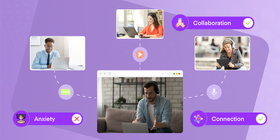
In traditional company culture, interaction and connection with colleagues are easier and collaboration can take place in many different ways, wherever people are located. So the challenge is to maintain that elusive connection. It could be a regular video chatting, call, or text message to check in or maybe a weekly ‘virtual get together’ or a happy hour.
Make sure that everyone stays connected and you’ve established a remote work culture because that’s key to workforce happiness.
One that’s trickier to handle is working hours. Should you expect home workers to be at their desks during office hours and should they be available to take phone or video calls or join online meetings at any time? Unless you’re insisting on timesheets, trust plays a big part here.
If the big benefit of flexible and home working is work-life balance, shouldn’t your employees be free to choose when they work, provided they maintain progress on essential tasks? A project-based approach can be useful here – completing tasks by set times, regardless of how the employee manages their time.
A happy return to the office
While anyone returning to the office might expect to be coming back to normality, the reality could be different. There are the physical changes for a start. Forget the face-to-face encounters of the past; the emphasis now is on safe social distancing and reconfiguration of workstations and meeting rooms.

In the ‘new normal’, safety and health are the priorities and that is proving to be a barrier too far for many employees. Human Resource Executive cited a report by Limeade Foundation which found that 100 percent of respondents were anxious about a return to the office. The majority (71 percent) feared exposure to COVID as the main issue and that puts the onus firmly on measures to minimize risk. Employees around the globe are stressed and anxious, but technology can help.
At reception, temperature sensors help minimize risk while contactless entry to offices, meeting rooms, and restrooms cut opportunities for transmission.
Overcrowding can be a problem in larger companies with the risk of COVID transmission. Integrating sensors with digital signage helps facilities and security teams to reroute people or keep elevators and escalators safe via updated instant messages on the digital signs.
Power up remote collaboration
Whether you’ve got team members in the office or people working remotely, you need to make collaboration easy for everyone. It doesn’t just keep projects on track and focus all your talent on innovation, it helps to maintain the contact that’s so important to people working from home.
Collaboration tools have proved their worth during the pandemic and there are plenty of great systems to choose from. Select the right system and you’ll make it easy for your teams to set up or join team meetings from any desktop or mobile device and share content. But, don’t forget, virtual meetings are different. It takes careful planning and guidance to get them right. Check out our Ultimate Guide to Virtual Meetings for more information.
Time for a happy ending?
It’s no easy task to keep a happy work environment and maintain employee engagement when the workplace is no longer fixed. Working from home is now accepted as normal and the office as we know it is a distant memory for many people. The new hybrid workplace has many employee benefits and some pretty challenging problems, too. But, if you overcome those challenges and bring your people together in person or online, you’re on the way to a happy workplace and a productive workforce.
References and Further Reading
- Will this man make you happy? | Health & wellbeing | The Guardian
- Benefits of working from home compared to in an office
- Study: Working from home: Productivity and preferences
- The workers pushing back on the return to the office - BBC Worklife
- What Workers Are Saying About The Future Of Remote Work
- Broadband and working from home | Choosing broadband for a home office
- HR's role in return-to-work anxiety | HRExecutive.com
- How To Handle An Employee Off With Work Related Stress



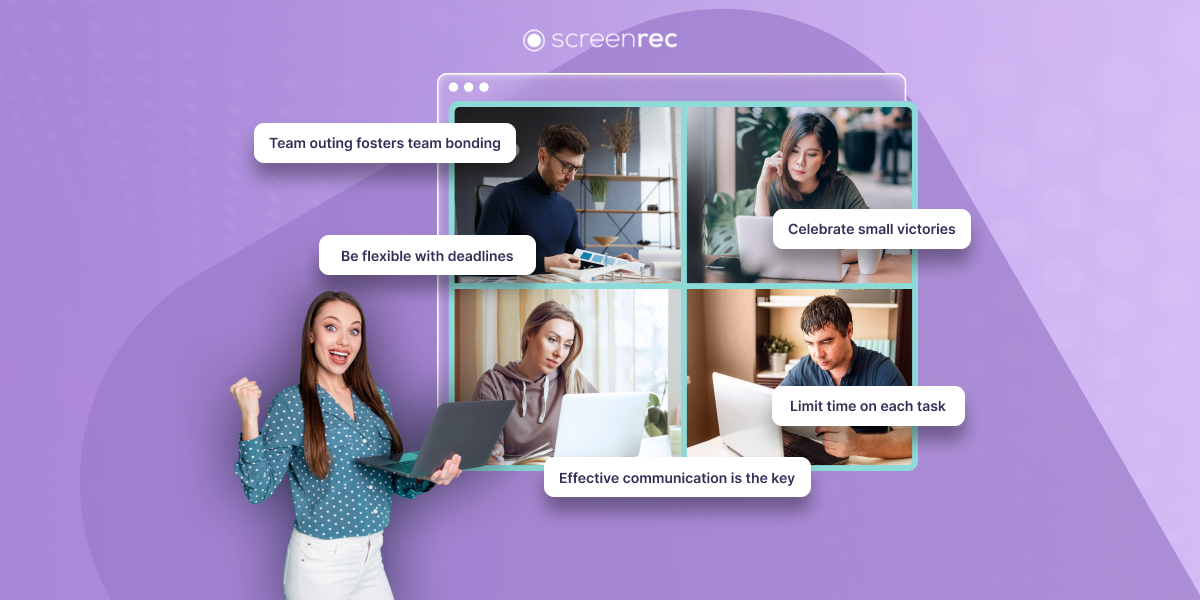
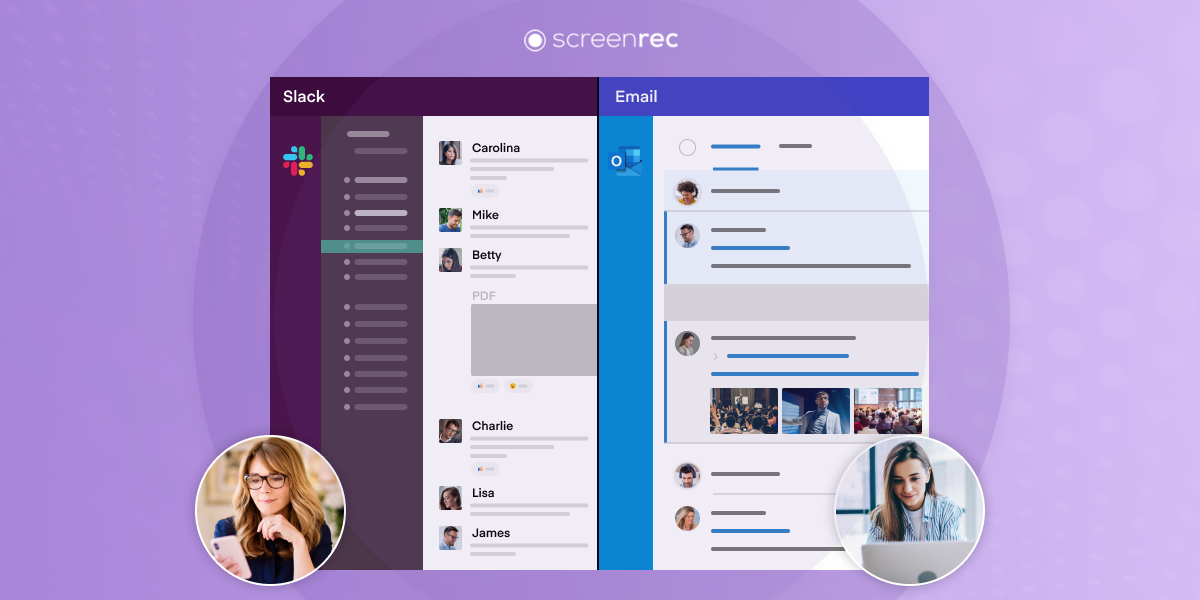




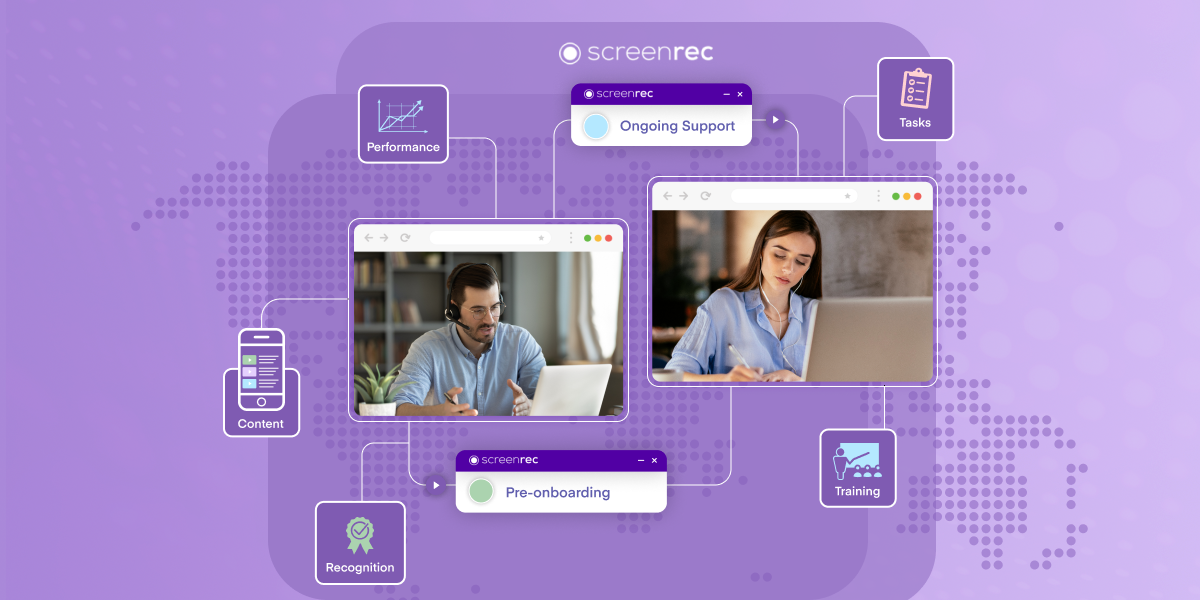
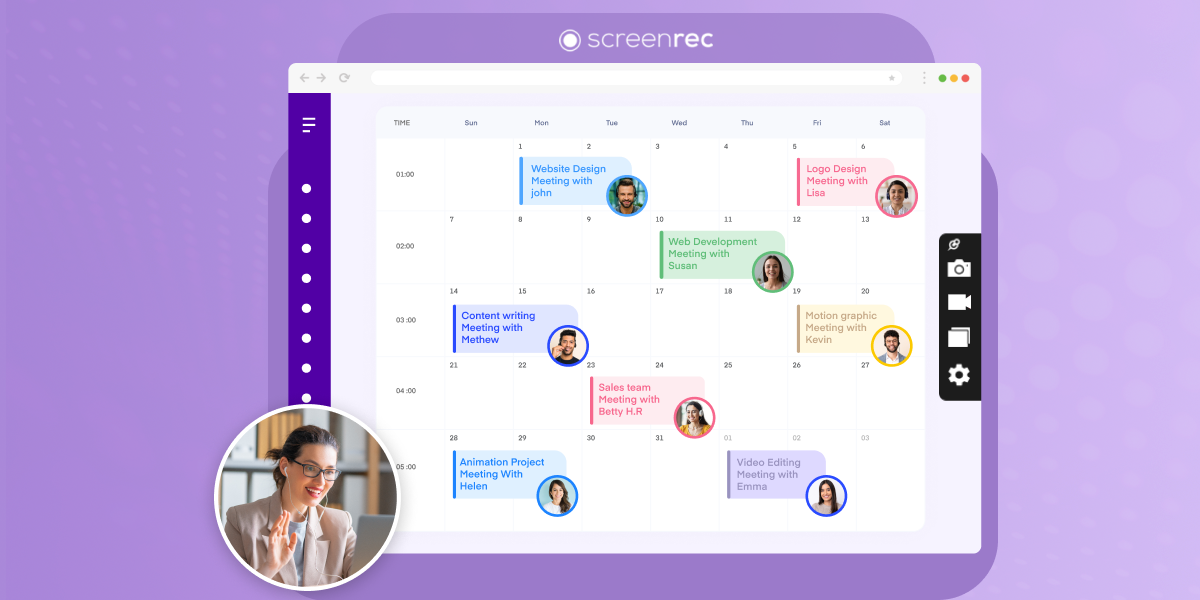
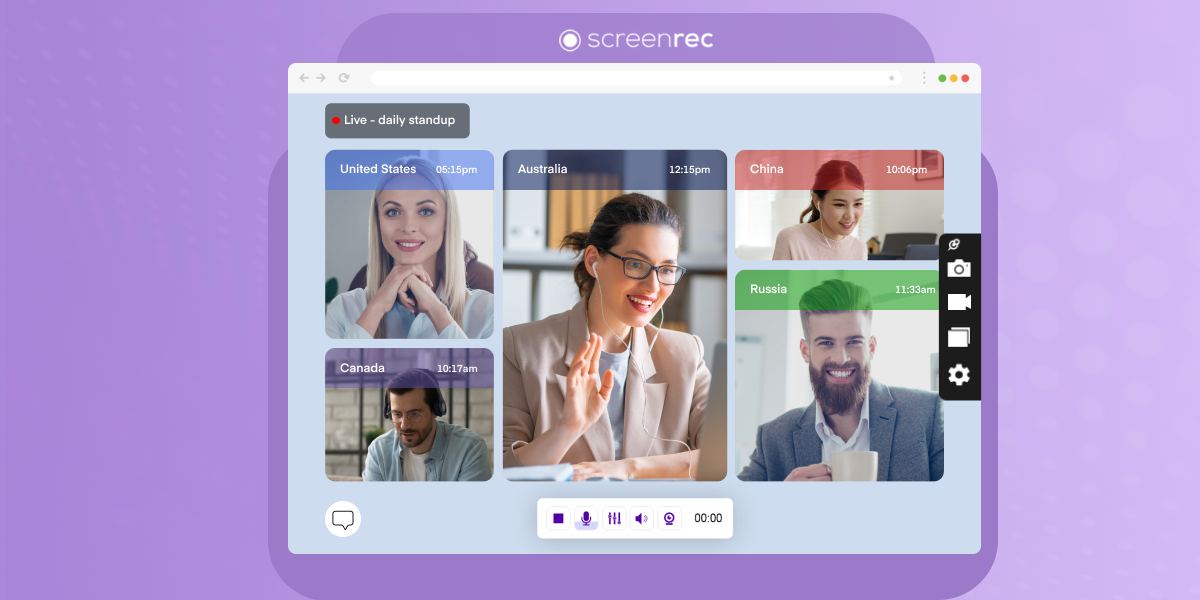
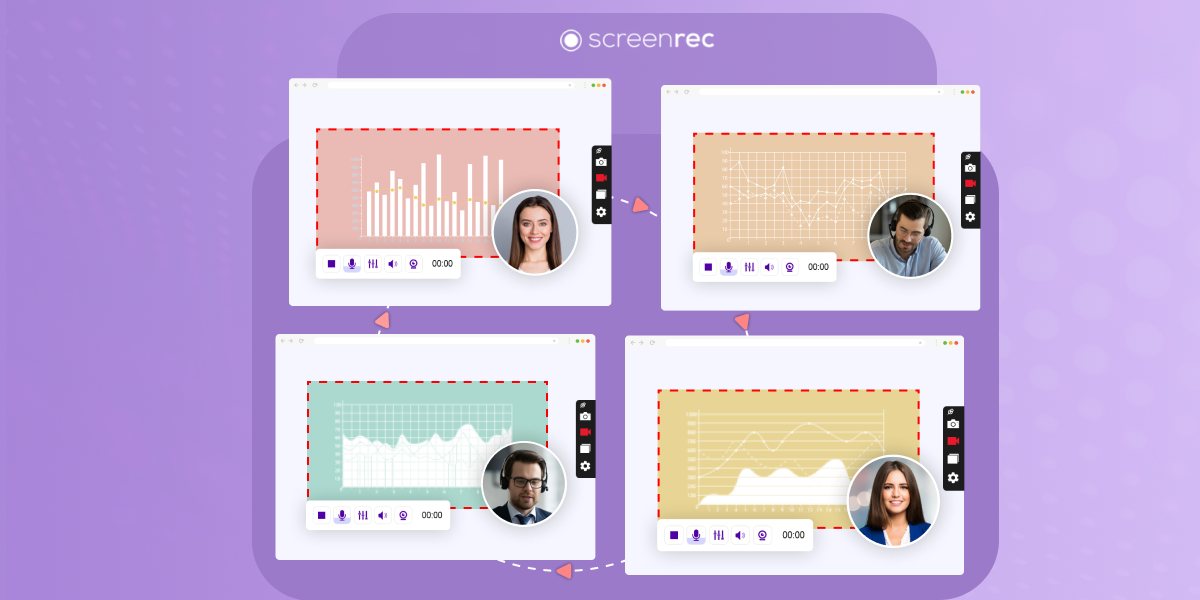

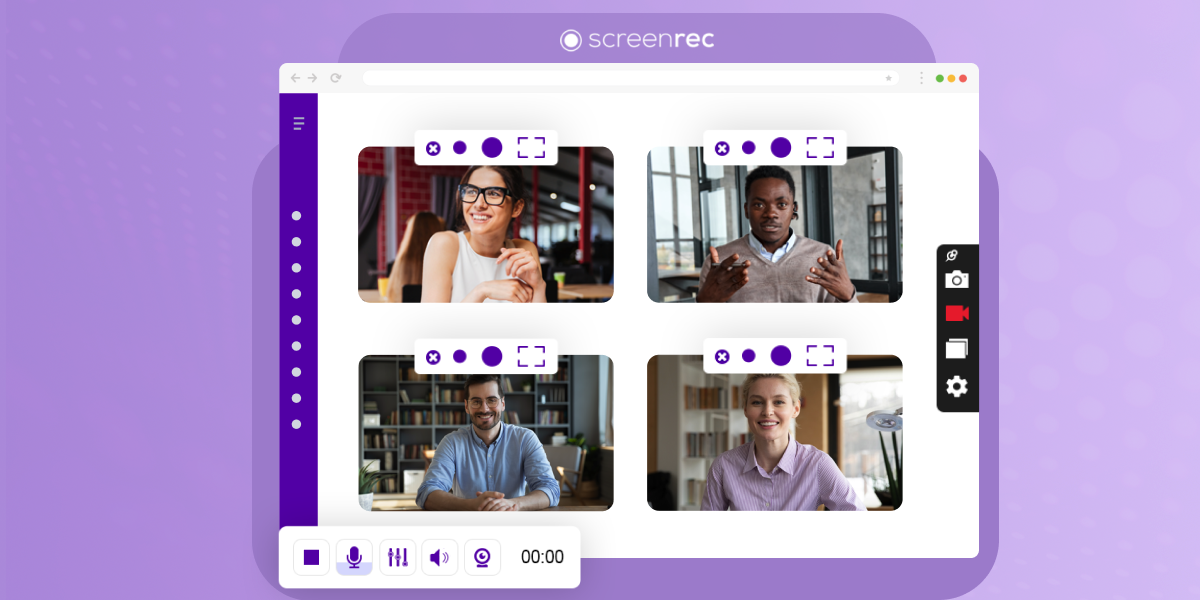

DON’T MISS OUT
Get updates on new articles, webinars and other opportunities: